Embracing Extinction

This is an excerpt from my new book, 2012 Revisited: Prophecy and Transformation at the End of Time. The book is available on Amazon for Kindle or as a hard copy. Purchase it here.
Where Nietzsche declared the death of God, we may soon have to announce the death of Man. On the basis of a purely materialist and scientific analysis, there is good reason to conclude the human species is just about doomed. It seems necessary to face this reality courageously, honestly. It is painful to do so.
Humanity’s assault on the biosphere has unleashed a series of feedback loops and chain reactions that may make the Earth uninhabitable for large mammals such as ourselves, no matter what we do at this point. We see these feedback loops engaged and accelerating. One of these is the eruption of methane from beneath the thawing of the Siberian permafrost and Arctic. Methane is eighty times more powerful as a heat-trapping gas than CO2 and its eruption seems to be the cause of previous mass extinctions. The burning of the forests across the Earth also does not bode well. Forests are, of course, carbon sinks, as well as oxygen producers.
Signs of imminent collapse include the shocking disappearance of 75% of insect biomass over the last three decades, the disintegration of the world’s coral reefs, the burning of the Amazon rainforest, and the cracking apart of the glaciers on a time-scale faster than the most dire projections of a few years ago. Use of nuclear weapons, at any time, will speed the plough. And nuclear conflict will become increasingly likely as resources diminish, droughts cause food shortages, and starving populations rebel, inciting military reprisals and extreme authoritarian measures that may end in genocide.
Many reports underline the severity of the threat we are confronting and the quickening timelines in which the catastrophe is unfolding. For example, a recent paper from the Breakthrough National Centre for Climate Restoration, a think tank in Australia, warns that, on our current trajectory, “planetary and human systems” will reach “a ‘point of no return’ by mid-century, in which the prospect of a largely uninhabitable Earth leads to the breakdown of nations and the international order.”
A US Army report, commissioned by the Chairman of the Joint Chiefs of Staff, a Trump appointee, similarly projects social breakdown within the next twenty years. These breakdowns could become so severe that they threaten the existence of the Army itself, the report notes. Sea level rise “will displace tens (if not hundreds) of millions of people, creating massive, enduring instability.” The report enumerates the threats to shipping infrastructure, the country’s fragile power grid, and the possible spread of infectious diseases. Safeguarding the country’s aging nuclear reactors — ninety-nine of them, many in vulnerable areas, producing 20% of our electricity — will become a major concern.
Jem Bendell, a Professor of Sustainability at the University of Cumbria in the UK, recently published a paper that went viral. In “Deep Adaptation: A Map for Navigating Climate Tragedy”, Bendell argued that “incrementalism,” seeking market-based reforms within the prevailing Capitalist system, had failed. “Recent research suggests that human societies will experience disruptions to their basic functioning within less than ten years due to climate stress. Such disruptions include increased levels of malnutrition, starvation, disease, civil conflict and war–-and will not avoid affluent nations,” he wrote.
Bendell makes it abundantly clear that inevitable catastrophe will soon engulf everyone and everything:
We do not know for certain how disruptive the impacts of climate change will be or where will be most affected, especially as economic and social systems will respond in complex ways. But the evidence is mounting that the impacts will be catastrophic to our livelihoods and the societies that we live within. Our norms of behavior, that we call our “civilization,” may also degrade. When we contemplate this possibility, it can seem abstract. … But when I say starvation, destruction, migration, disease and war, I mean in your own life. With the power down, soon you wouldn’t have water coming out of your tap. You will depend on your neighbors for food and some warmth. You will become malnourished. You won’t know whether to stay or go. You will fear being violently killed before starving to death.
Not just the shattered populations in Puerto Rico, Haiti, Syria, and the Bahamas, but the wealthy Hollywood elite fleeing the flames engulfing their multi-million dollar Malibu mansions provide a foretaste of what is to come, for all of us.
What happens if, instead of pushing away the taboo idea that homo sapiens will soon be physically extinct, we accept and even — a strange prospect — embrace it? What happens to our consciousness, our beliefs, our sense of values and meaning, our identity?
We find that our sense of time changes. All of the big ideas we once held about the future dissolve away. We are left with this short, unknown span of time just ahead of us. Above all, we are left with the present, the ongoing evanescent flow of sensorial experience in which you are reading these words. The future may be a nebulous blur, but the present overflows with vitality — with vibrant color, love, sorrow, joy — with all the intensities of our feelings and thoughts.
What’s the point anymore in over-working, sacrificing, waiting patiently for some reward that is supposed to come many years or decades from today? When we accept the radical impermanence and fragility of this world, the only thing that makes sense is to become more authentic, to open our hearts wider, extending toward love, forgiveness, and freedom. Embracing extinction, in other words, can bring about a realization — a kind of awakening — that renews our relationship to the world.
People often think, feel, and even believe contradictory things at the same time. Even intelligent, well-educated people are skilled at tuning out their own cognitive dissonance. These days, people continue to plan for the future, have more children, amass savings, and so on, even as we all sense the approaching cataclysm. It is eerily fascinating to watch us continuing “business as usual” under the gathering doom clouds.
I find my perspective on the future split between two opposite poles that are difficult to integrate. On the one hand, I am persuaded by the scientific evidence, which leads me to conclude that, in all likelihood, we have passed the point of no return. We can no longer prevent, at the very least, a drastic and chaotic meltdown of our civilization. But this is countered by my psychic and shamanic experiences, as well as my study of occult philosophy, which give me the sense that something else is underway.
My paranormal encounters, as well as my philosophical forays into occultism, reveal invisible capacities latent within human consciousness. These realms can be accessed by those with the courage, discipline, and imagination to dive deep. Based on direct experience, I know we have not even explored a tiny fraction of the secret potential within consciousness. What would happen if a subset of contemporary humanity — an advance guard — turned its attention completely in this direction? I don’t know — nobody knows — but I hope we will find out.
Later in this essay, I will explore, to some extent, these radical, esoteric possibilities. They give us a very different vision of our future — different from anything most people can imagine in this materialist, secular age — as well as a new, urgent sense of mission.
As part of my Quetzalcoatl transmission, I was told: “For those who have gained knowledge of the nature of time, a few years — even a few days, a minute — can be an eternity.” One of the core mysteries we need to unravel relates to the nature of time, which is intrinsically linked to consciousness. We now know that time, being relative, is qualitative rather than quantitative in its essence. From a “higher” space-time dimension, what we experience as linear time already exists as a unified whole. As the physicist Arthur Eddington put it a century ago, “Events do not happen; they are just there, and we come across them.”
Of course, human extinction is a hardcore proposal. Even as the support systems of our civilization buckle and collapse, as many perish, some will probably find ways to survive the catastrophe, at least temporarily. People may build domed villages on mountaintops or floating cities on the oceans. Jeff Bezos and Elon Musk may plant themselves on Mars (one can only wish them good luck; Mars is a barren sphere where life would have to be artificially maintained in extremely drastic conditions). Small-scale communities and indigenous groups could survive in remote locations, at least temporarily.
On Earth, one question for these scattered groups is whether there will be enough Oxygen left to breathe. The tropical forests, disappearing rapidly now, produce more than 20% of our Oxygen. At four degrees Celsius above pre-industrial temperatures — which we could see by 2050 — the Amazon and other forests will be gone. Oceanic plankton extrude 60% of the Oxygen we breathe; warming plus oceanic acidification degrades their life-cycle. Also, the large-scale irradiation caused by nuclear war or meltdowns at nuclear reactors — Fukushima is an ongoing nightmare — could be terminal.
In past crises for early humanity, when we made tasty snacks for big cats and other mega fauna, we know that our numbers collapsed to a handful. We learned to use stone tools. We fought back. We repopulated over time, then we proliferated. Something like that might occur again over thousands of years, depending on how inhospitable the Earth becomes, how quickly.
Within the general destruction, whether a much smaller number of humans manage to survive, in some way, long enough to learn how to sustain future generations on a devastated Earth, barren Mars, or dusty Moon, is an intriguing question. As someone who doesn’t want to see most of our human family perish miserably — also, as an urban bohemian rather than a survivalist — it is not a prospect that fills me with enthusiasm. I would prefer we turn our attention to salvaging the current situation now, through unified action and collective sacrifice.
In fact, I wrote a book, How Soon Is Now (2017), in which I proposed a plan on how to do exactly that. We could, right now, address the ecological emergency, systemically, by combining a design science revolution with a rapid transformation of global consciousness. I looked at how we could intentionally engineer this using regenerative technologies, social networks, and media.
Unfortunately, one of my conclusions is that this transition is not possible under Capitalism. Even the basic construct of private property needs an overhaul. The economic system would have to be redesigned to redistribute wealth and resources, and people would also have to change. Novelist Jonathan Franzen wrote in The New Yorker, “Call me a pessimist or call me a humanist, but I don’t see human nature fundamentally changing anytime soon. I can run ten thousand scenarios through my model, and in not one of them do I see the two-degree target being met.”
I counter Franzen’s perspective with that of Oscar Wilde who wrote, in The Soul of Man Under Socialism: “The only thing that one really knows about human nature is that it changes. Change is the one quality we can predicate of it. The systems that fail are those that rely on the permanency of human nature, and not on its growth and development.” What we call “human nature” has been twisted into a particular form by our economic system and our media. We could reshape and transform what we take to be “human nature,” quickly, by changing the incentives, values, and underlying myths of our civilization. However, orchestrating this would require large-scale investment as well as a global marketing campaign, combined with disciplined idealism and determination.
Even now, we could probably save the world’s current population from a miserable fate — at least a significant portion of it — if we rapidly reinvented modern civilization along systemic, regenerative principles while eliminating excess consumption and waste. In How Soon Is Now, I assembled the blueprint for how to approach this, integrating ideas from the design scientist Buckminster Fuller, the social ecologist Murray Bookchin, the technologist Jeremy Rifkin, and the political philosopher Hannah Arendt, among others. It would require a mind-shift — a collective relinquishing of ego to concentrate on the essential task at hand.
The human species, unified by universal compassion, would overcome individual self-interest to attain a species consciousness. Working together with focused coordination, like bees in a hive, we would undo, as much as possible, the damage we have unleashed. I realize it is extremely difficult for liberal humanists, like Franzen, to imagine this happening. On the other hand, it is also the case that impossible things do happen sometimes.
Our geopolitical situation today is a strange one, difficult to fully accept or comprehend. On one extreme, we have powerful interests — Republicans in the US — who vociferously deny that climate change or the Sixth Great Extinction are real threats. Various Fundamentalist groups want to bring about the Apocalypse and End of Days. Some of these sects actively try to speed up the process. Carl Jung saw the Apocalypse as primarily a psychological process, an archetype of the collective unconsciousness, but Fundamentalist zealots take it literally. The “Rapture ready” religious Right has made an unholy alliance with the fossil fuel companies, behemoths who have spent billions of dollars spreading disinformation about climate change over decades.
In the US. some Apocalyptic Christian groups are influential and well-connected politically. This appears to be the case in Russia as well. Little known in the West, Alexandr Dugin is a public figure and respected intellectual in Russia, a former adviser to Putin. He promotes the End of Days as “that terrible moment” when ”the last secret iniquity will reveal itself and … everything will be finished. … Humanity has waited for two thousand years for the prophesied second when time will collide with eternity and the created world will face its uncreated origin… This is called “the last act of the Holy Spirit,” the discovery of its constructive mystery in history.” Dugin sees the neoliberal World Order as Anti-Christ. Moscow represents the new Rome, protecting the “true faith” during the last days of mankind. Such bizarre currents of Apocalyptic ideology operate behind the scenes of current events.
When I consider the meshed prophecies from Christian and Islamic sects, ancient civilizations and indigenous cultures, it seems that apocalypse or Armageddon is a code programmed into our history. It sometimes feels we are living out a storyline concocted by a harassed scriptwriter, trying to merge Shakespearean evil with Orwellian fatalism on a tight deadline. This results in bizarre yet perfect plot twists, like Trump’s ascendancy.
Most people — no judgment against them — just want to live in peace. They don’t want to be forced to reckon with the climate crisis or challenge Capitalism at its root. It is true, after all, that this system has brought material advances, longer life spans, and creature comforts to vast multitudes. Leftists tend to focus one-sidedly on the negative — Capitalism’s brutal history of domination and oppression. They reject the benefits that mass consumerism has meant for huge populations over the last centuries. However, if this system drives us to extinction or mass depopulation due to ecological collapse, which seems inevitable, that is the final indictment of it. Leftists and Tradionalists will get the last (hollow) laugh.
One powerful thing that embracing extinction does is take blame, anger, and judgment out of the situation. One suddenly accepts — it is like the flash of a religious conversion — that this is the only way it could have been. The forces driving our evolution led to our brains working in a particular way. As smart monkeys, we’ve been on a rampage, building world-transforming technologies before we addressed short-term greed, excessive sexual desire, or our propensity for war.
Humans have an innate need to construct meaning out of the raw data of our lives. This makes people prey to collective delusions like nationalism or religious belief, which mass media, in the wrong hands, can reinforce. Our end — in other words — was encoded into our beginning.
When one passes through the stages of depression, resistance, bargaining, and denial, accepting humanity’s extinction creates clarity, spaciousness, and an inner sense of peace. In Hermetic philosophy, one principle is: “Die before you die.” This is, in essence, what we must do as individuals to deal with the otherwise debilitating emotional impact of what we have unleashed.
Buddhism reveals its immense value as a philosophy when we bring our attention to the likelihood of humanity’s near-term extinction. Suddenly, the complex world civilization we have constructed reveals itself to be something like a Tibetan sand mandala, a transitory expression; an illusion destined to dissipate into the void, leaving no enduring trace.
Perhaps — a faint hope, and perhaps a false one — we need to go through this process of giving up, detaching, and surrendering. Once we have let go of ego-ic attachments, we might function as effective agents for that other possibility: transmutation or metamorphosis; the secret evolutionary potential within consciousness. But what could it mean to be effective in this way? I will pick up that idea later, but first, let’s explore how we got into this pickle.

Daniel Pinchbeck’s groundbreaking opus, 2012: The Return of Quetzalcoatl (2006), explored prophecies about our time held by indigenous cultures and ancient civilizations around the world, including the classic Maya, the Hopi, and ancient India. He explored, as well, the archetype of the Apocalypse in modern Christianity and Islam. The Long Count of the Mayan Calendar began a new 5,125-year cycle on December 21, 2012. Today, some years after we passed that threshold, our world is undergoing far-reaching ecological, geopolitical, and technological changes. It is increasingly clear that the prophetic traditions have validity as we live through shocking and rapid transformations all around us – but what do they mean and how can prepare for what is still to come? In ‘2012 Revisited’, a long-awaited follow-up, Pinchbeck returns to the prophecies in the light of current events. He recounts his own jarring reception of a channelled transmission in 2003, when a voice that announced itself to be the Mesoamerican deity Quetzalcoatl spoke through him, off and on, for a week, while he was in the Amazon jungle of Brazil. Whether this was simply the voice of his own subconscious or another being, the voice presented a powerful vision of an approaching and inevitable metamorphosis of humanity and the Earth. In ‘2012 Revisited’, Pinchbeck also examines relevant ideas from modern occult and metaphysical visionaries such as Rudolf Steiner, Julius Evola, G.I. Gurdjieff, and Sergio Magana. The book concludes with proposals for how we can approach this turbulent and dangerous time.


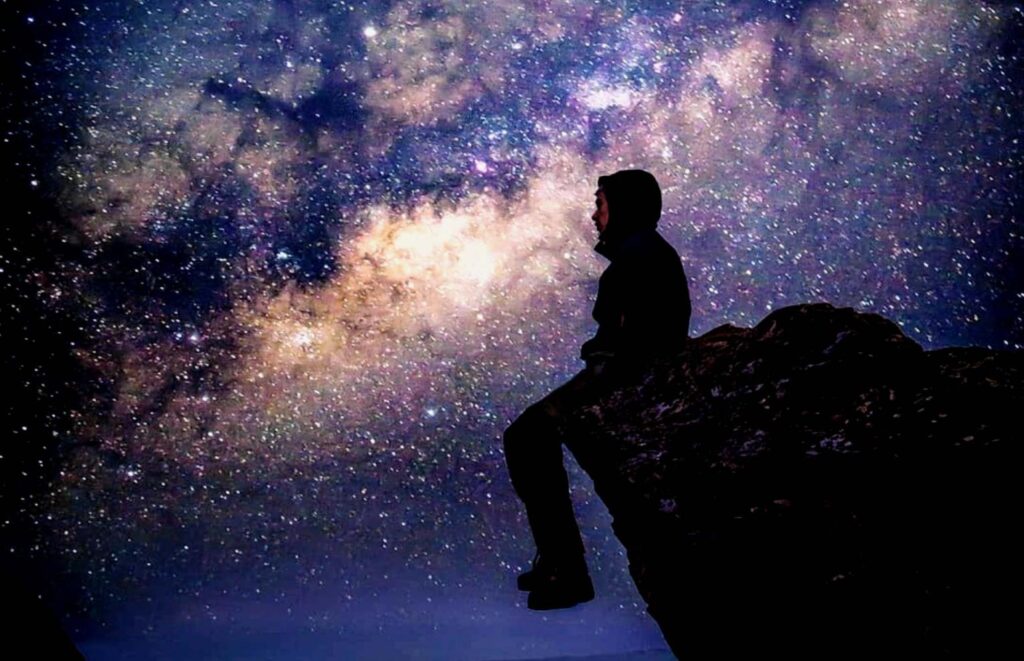
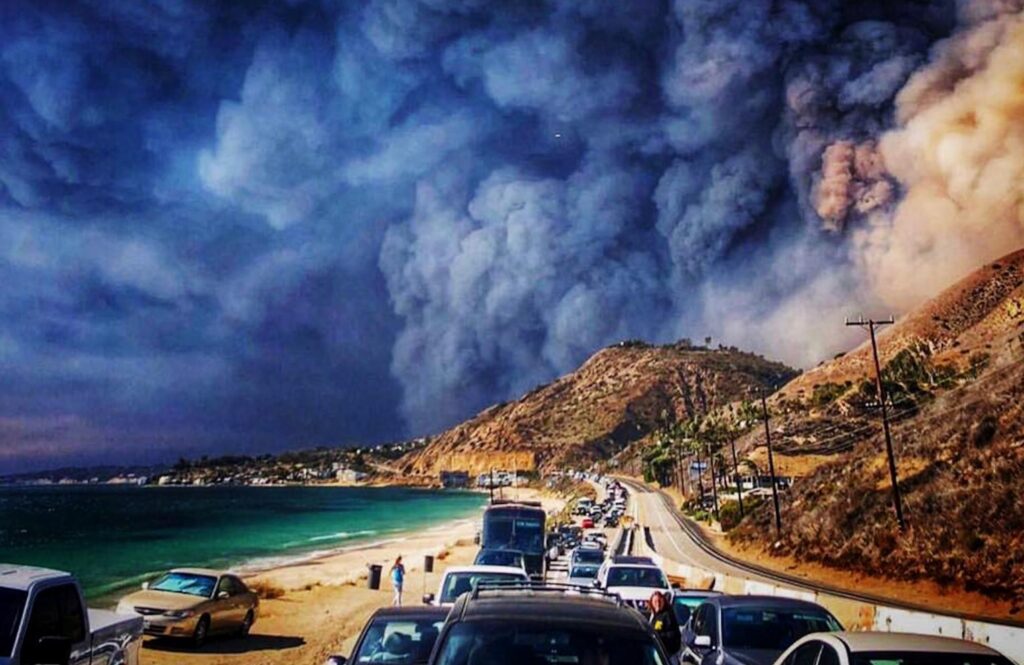
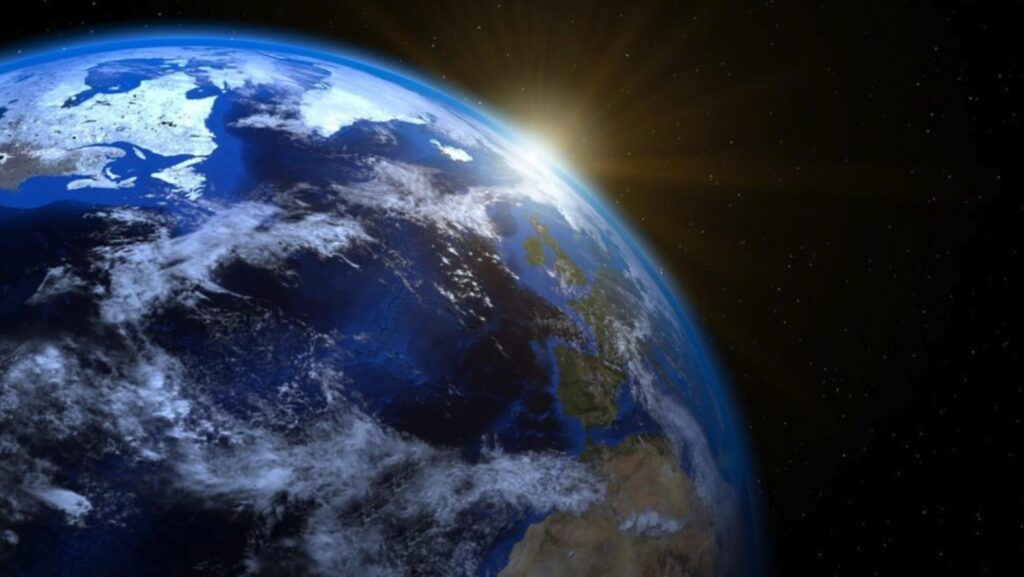

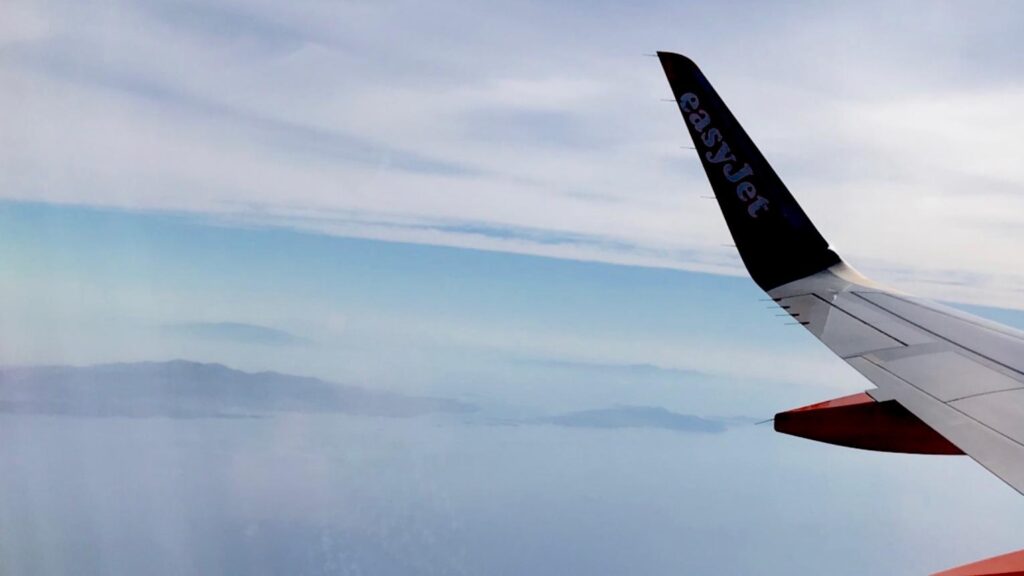
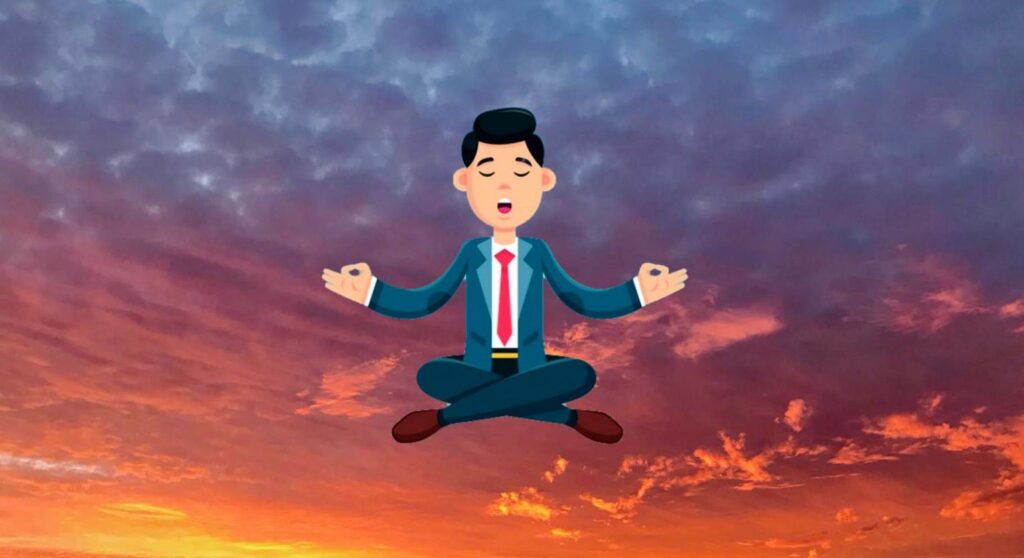
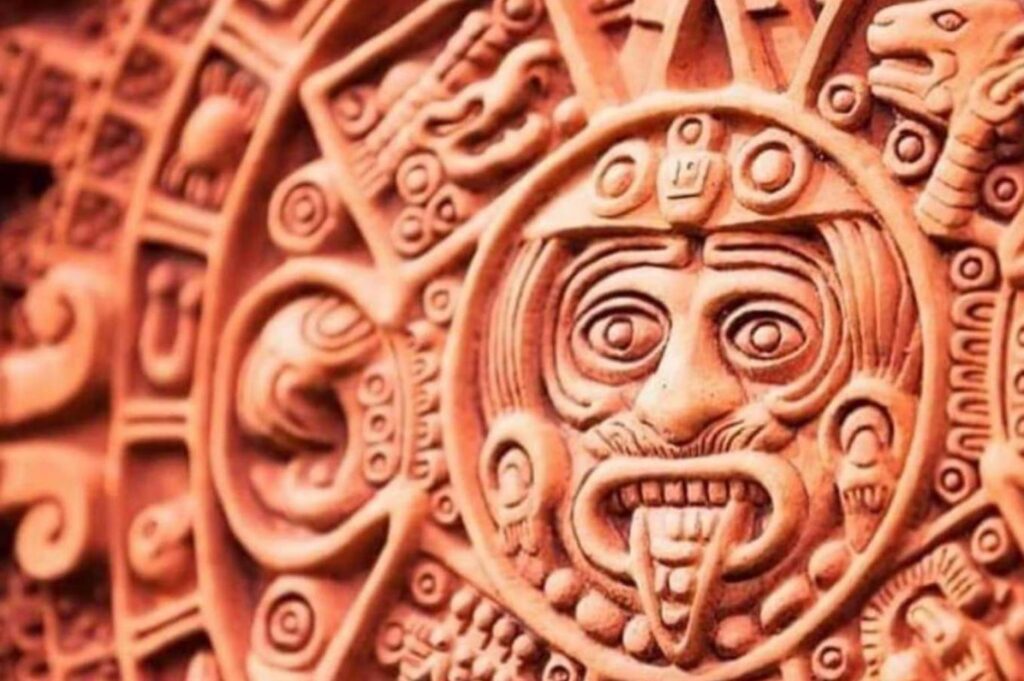
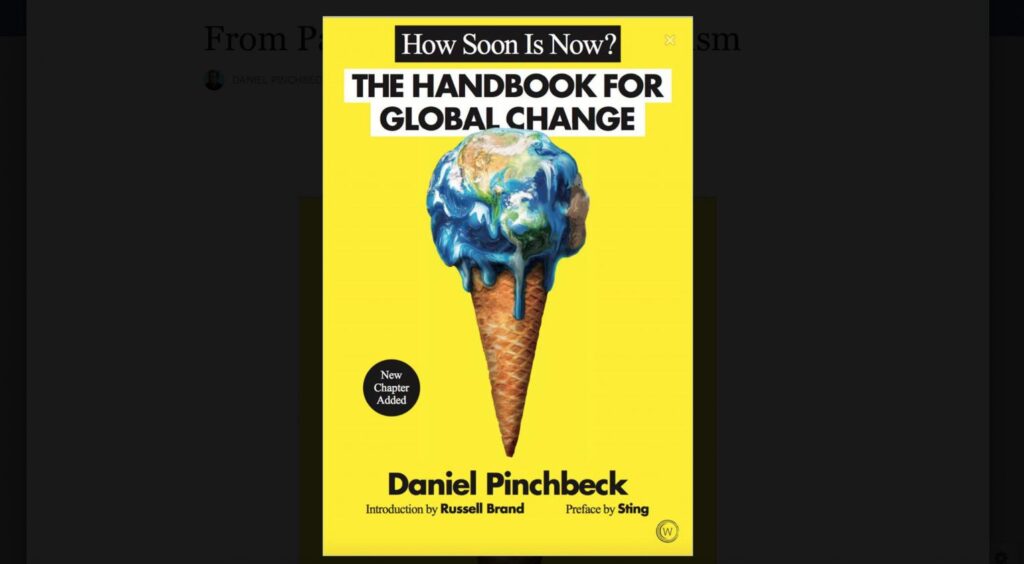
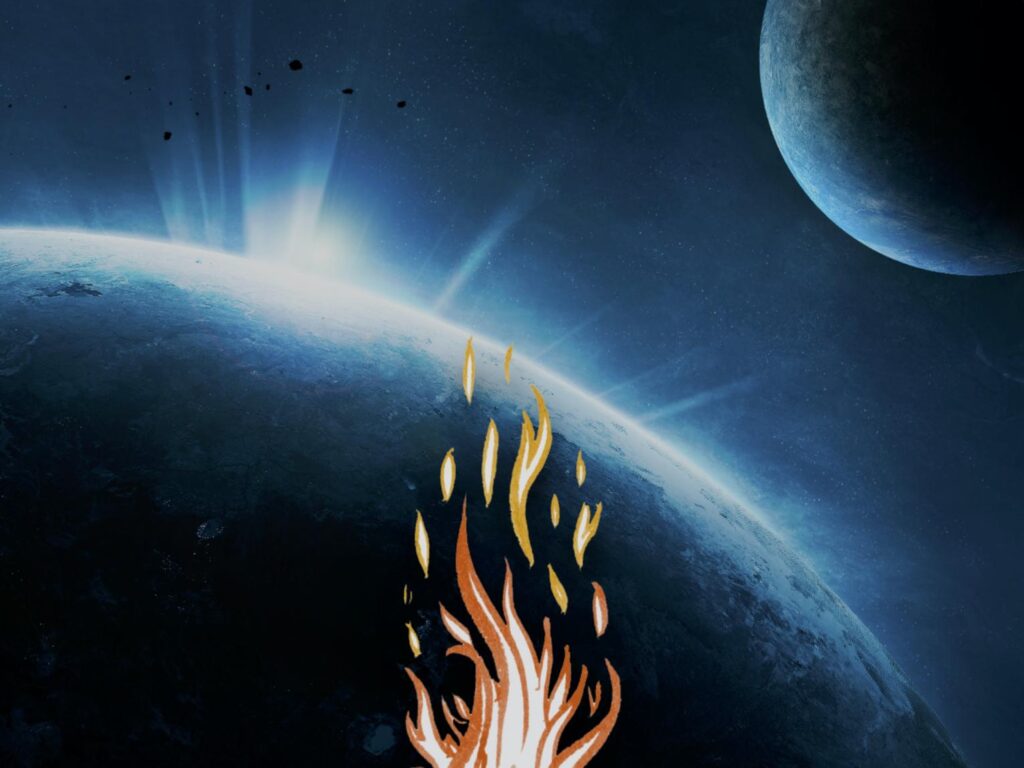

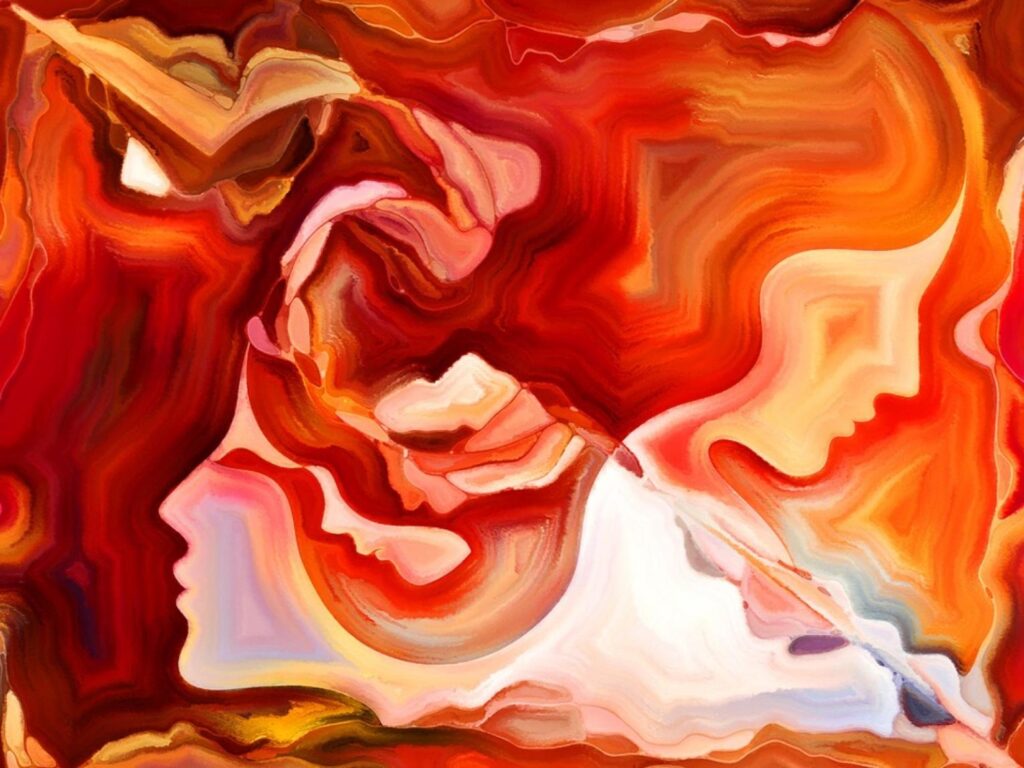

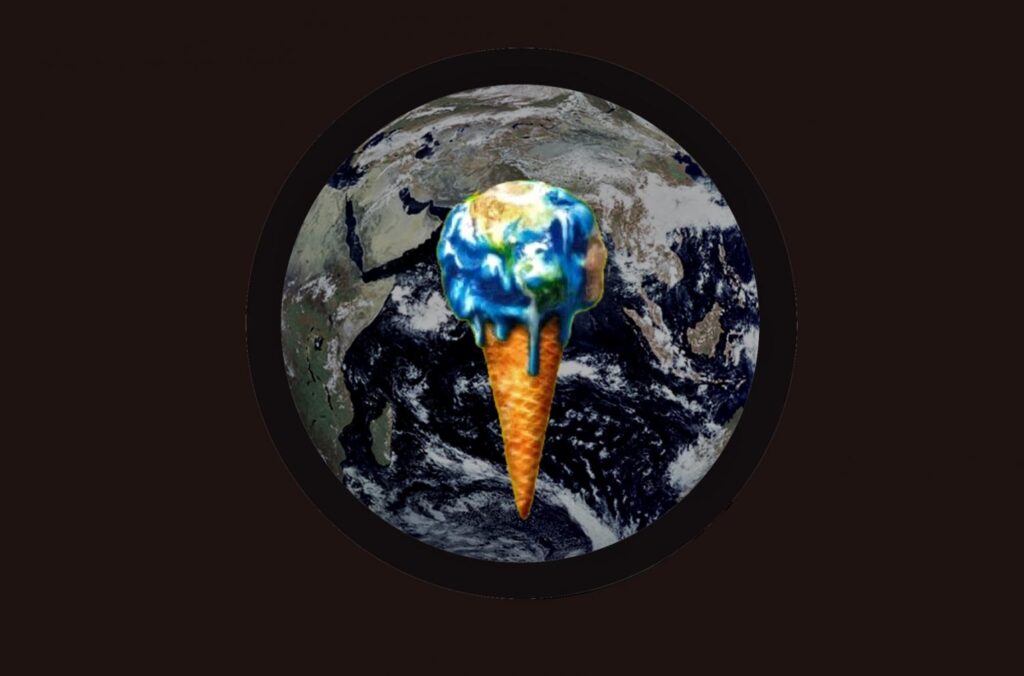
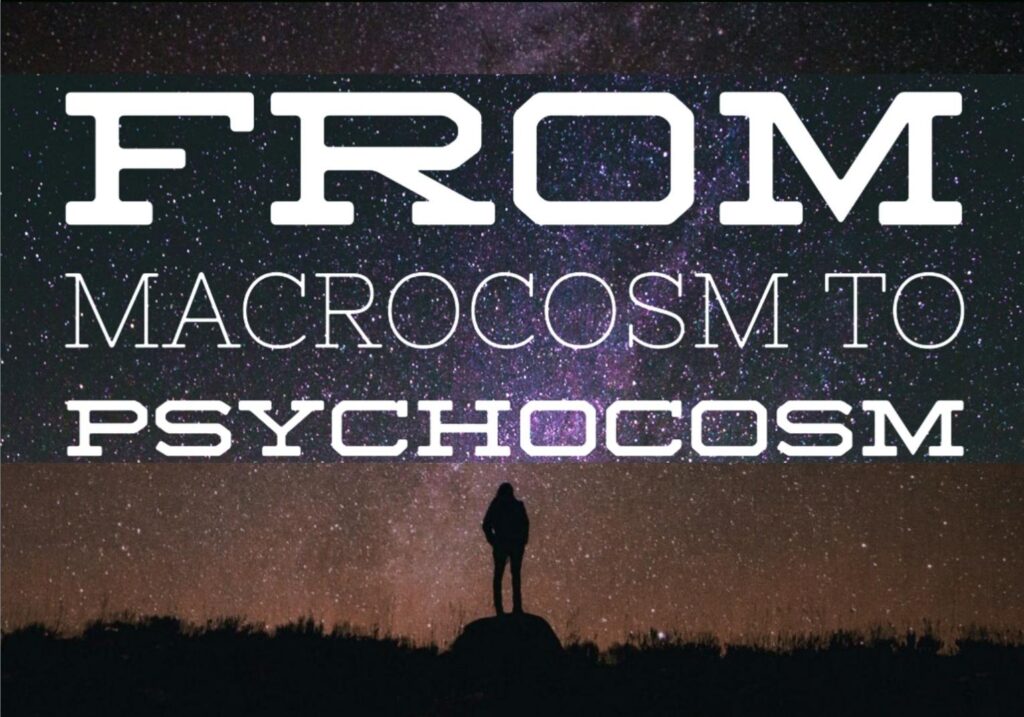
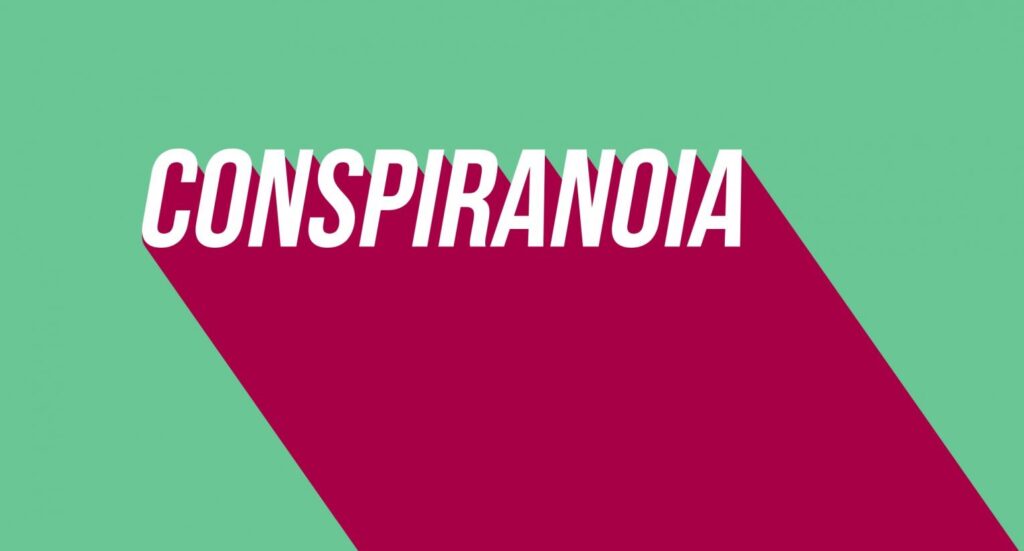
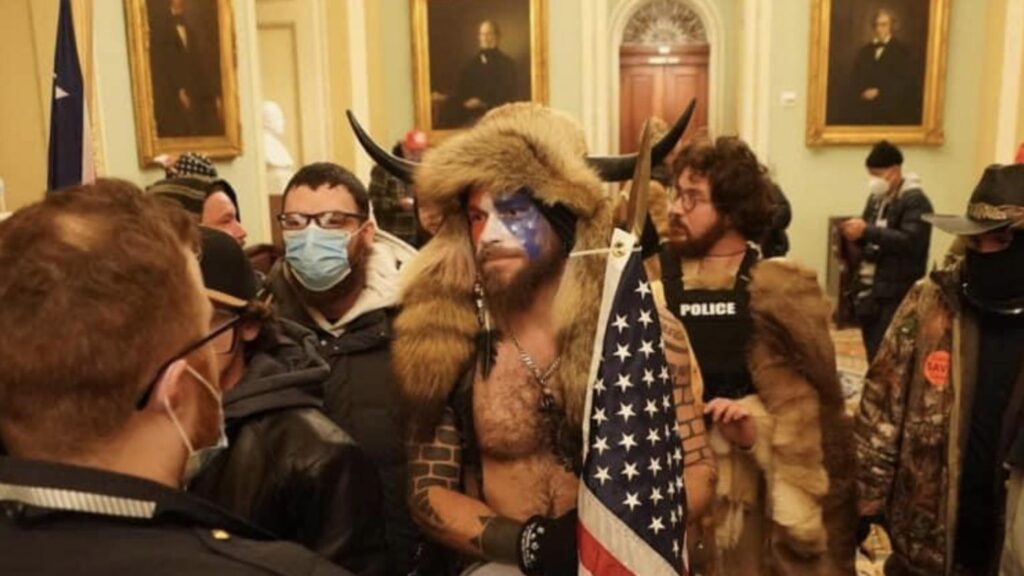
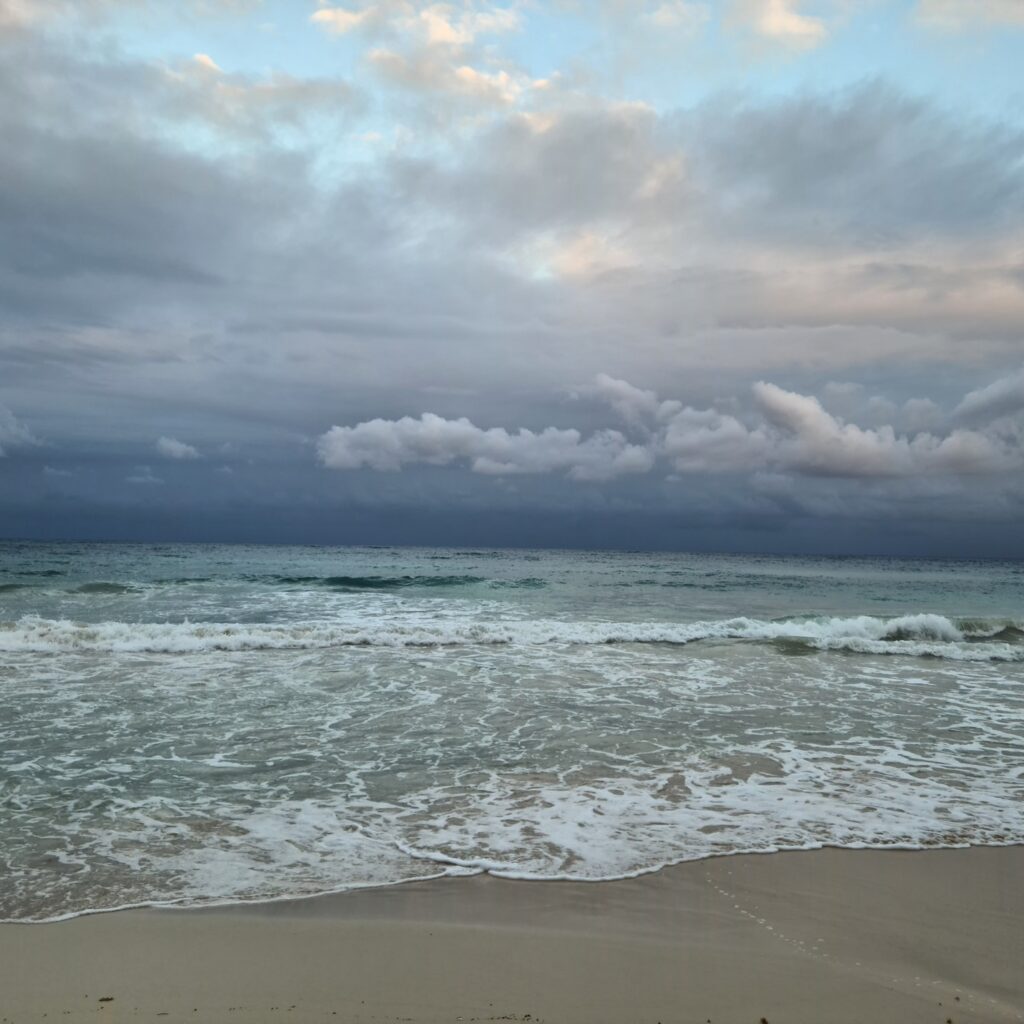
Responses